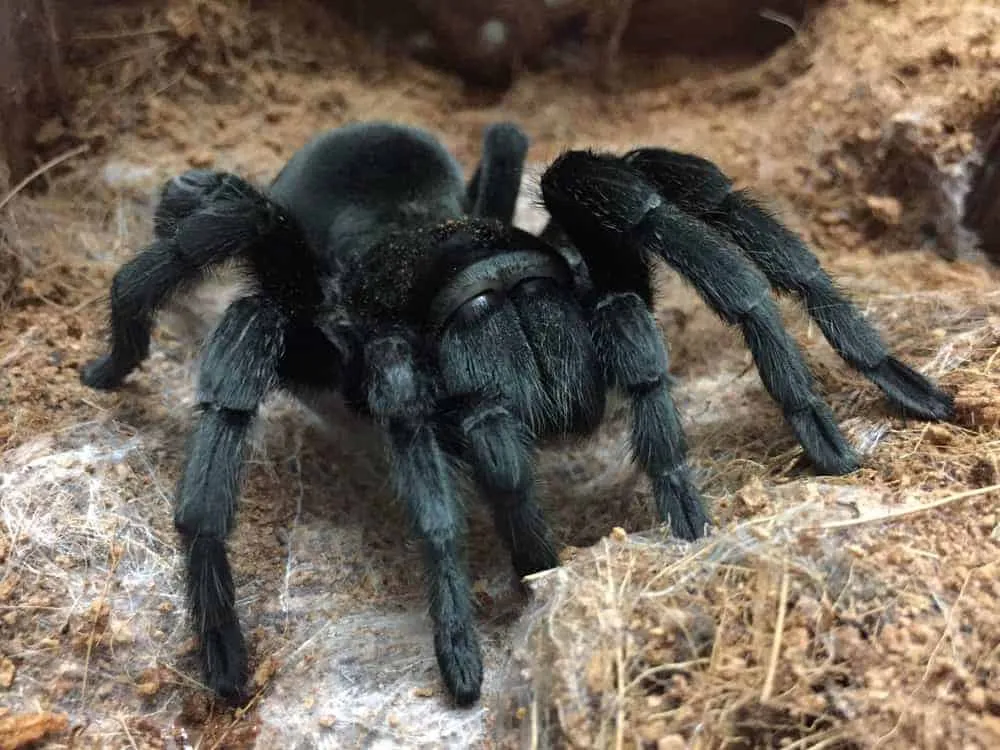What is the Brazilian Black Tarantula?
The Brazilian Black Tarantula (Grammostola pulchra) is a captivating arachnid, highly sought after by enthusiasts and pet owners. Known for its striking ebony coloration and relatively docile temperament, this species hails from the grasslands of Southern Brazil and Uruguay. These spiders are relatively slow-growing, reaching a considerable size over several years. They are terrestrial creatures, meaning they primarily live on the ground, making them a fascinating subject for observation and a rewarding pet for those willing to provide proper care. Understanding the basics of this tarantula is the first step in appreciating its unique qualities and knowing how to find one near you.
Identifying Characteristics of the Brazilian Black Tarantula
Identifying a Brazilian Black Tarantula involves recognizing specific physical traits and understanding its typical behaviors. It’s important to differentiate it from other tarantula species, especially if you are searching for one in the wild or considering purchasing one. The Brazilian Black Tarantula is known for its calm demeanor compared to some other species, making identification easier. Proper identification also involves understanding their natural habitat and the typical size range for adults. This knowledge ensures that you are, in fact, looking at the correct species and not another tarantula with a similar appearance. Accurate identification is crucial for safety and responsible pet ownership.
Physical Appearance
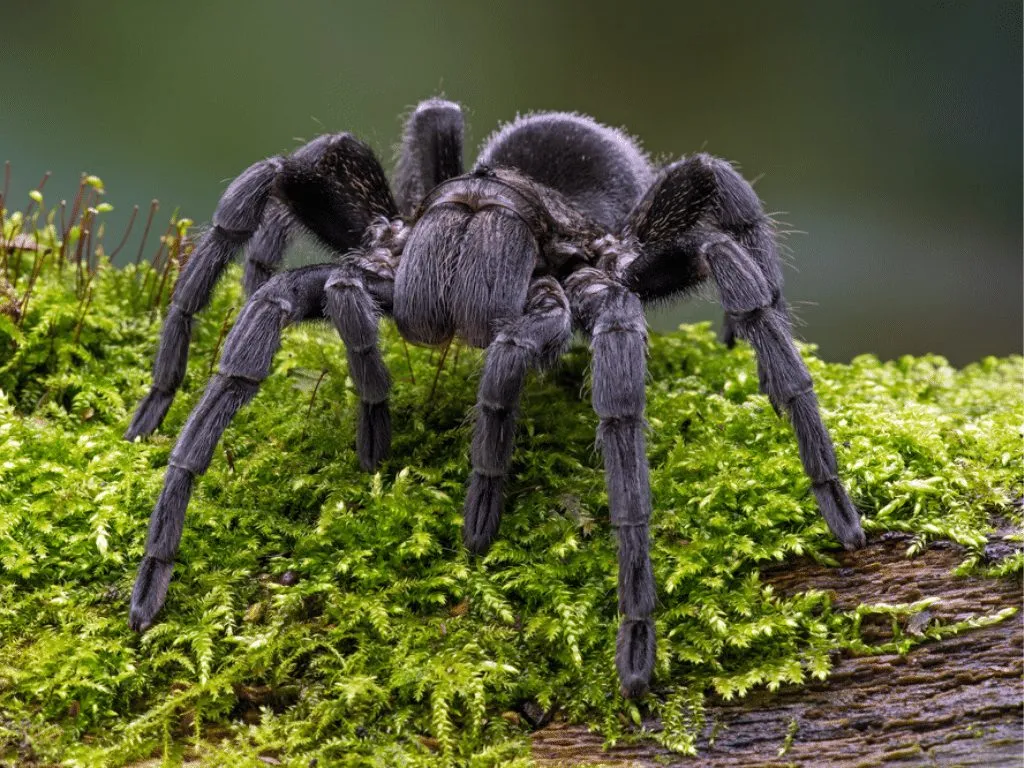
The most defining feature of the Brazilian Black Tarantula is its uniform, deep black coloration, which extends across its entire body, including the carapace, legs, and abdomen. They are covered in fine hairs. This all-black appearance gives them a sleek and elegant look. Adults can have a leg span of up to 6-7 inches (15-18 cm), making them a medium to large tarantula species. Young tarantulas, or spiderlings, may have a slightly lighter coloration that darkens as they mature through molting. The contrast between the black body and the environment makes them visually striking, and it is one of the main reasons they are popular in the pet trade. Accurate identification is important to ensure you are observing or obtaining this specific species.
Habitat and Natural Range
Brazilian Black Tarantulas are native to the grasslands of Southern Brazil and Uruguay. In their natural habitat, they are typically found in burrows or under rocks, where they create their homes to ambush prey. The climate in their native range is generally warm and humid, which influences their needs in captivity. They are adapted to survive in a range of conditions, but it is essential to understand their natural environment to provide appropriate care. Their habitat is generally undisturbed grasslands and areas with suitable cover for their terrestrial lifestyle. Understanding their natural range can inform the best practices for keeping them as pets, including appropriate temperature, humidity levels, and substrate type to mimic their natural environment.
Where to Find a Brazilian Black Tarantula Near Me
Finding a Brazilian Black Tarantula near you involves researching and exploring several avenues. While spotting one in the wild is unlikely, as they are not native to many regions, the best approach involves checking local pet stores, connecting with breeders, and attending events focused on exotic pets. It is essential to prioritize reputable sources to ensure the tarantula is healthy and ethically sourced. Additionally, understanding the legal aspects of keeping a tarantula in your area is critical. Proper preparation will greatly increase your chances of finding a Brazilian Black Tarantula and ensuring you can provide it with the best possible care.
Local Pet Stores and Breeders
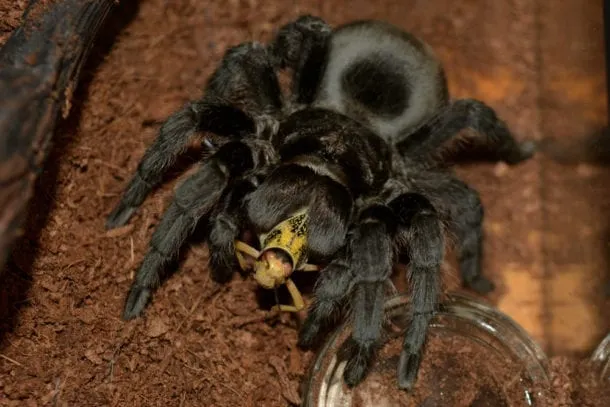
Many local pet stores, especially those specializing in reptiles and exotic animals, may occasionally have Brazilian Black Tarantulas for sale. It’s advisable to call ahead to check availability and inquire about their sourcing practices. Breeders often provide more specialized knowledge and typically have healthier specimens. Look for breeders with positive reviews and a strong reputation within the tarantula community. When visiting a store or breeder, observe the tarantula’s enclosure to ensure it is clean, well-maintained, and appropriately sized. Assess the tarantula’s behavior to confirm it appears healthy and active. Purchasing from a reputable source is crucial to guarantee the tarantula’s health and well-being.
Online Databases and Forums
Online databases, forums, and social media groups dedicated to tarantulas can be valuable resources for finding Brazilian Black Tarantulas near you. Websites, like Arachnoboards, offer classified sections where breeders and hobbyists list tarantulas for sale. These platforms allow you to connect with sellers, read reviews, and assess the seller’s reputation. Join online communities focused on tarantulas; these communities are often a good way to find people in your area who may be selling or rehoming their spiders. Always verify the seller’s credentials and ask for references before making a purchase, and prioritize sellers who are knowledgeable and passionate about tarantula care. Be cautious and follow safety guidelines when transacting online.
Tarantula Shows and Events
Tarantula shows and exotic pet expos are excellent opportunities to find a Brazilian Black Tarantula and connect with experienced breeders and enthusiasts. These events bring together numerous vendors offering a wide selection of tarantulas, including the Brazilian Black. Attending a show lets you compare different specimens, learn about tarantula care, and potentially find a healthy specimen at a competitive price. These shows also provide a great chance to interact with other spider lovers and get valuable tips on tarantula care. Be prepared to ask questions and take the time to research the vendors to ensure they are reputable and knowledgeable about their animals. Check local event listings to find shows in your area.
Tips for a Safe Encounter
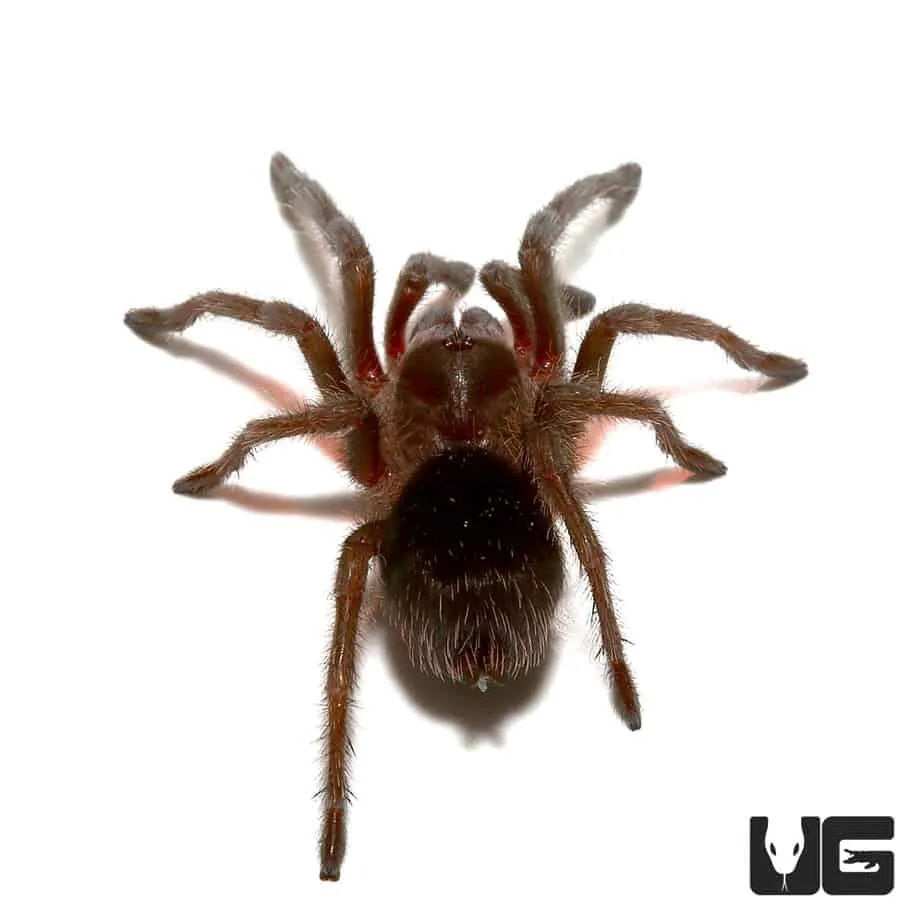
If you are fortunate enough to encounter a Brazilian Black Tarantula, either in person or when considering pet ownership, it is crucial to handle the situation safely. These tarantulas are generally docile but can still bite if threatened. Always prioritize the safety of yourself and the spider by taking the proper precautions. Educating yourself about tarantula behavior, understanding their needs, and exercising caution when interacting with them can ensure a positive experience for both you and the tarantula. Respecting their space and understanding their natural instincts is key to a safe and rewarding encounter.
Respecting Their Environment
When observing or handling a Brazilian Black Tarantula, it is important to respect their environment and natural behaviors. Avoid sudden movements or loud noises, which can startle the tarantula and cause it to react defensively. If you are interacting with a wild tarantula (which is rare), observe it from a distance and do not attempt to touch or handle it. When cleaning the enclosure or when handling a pet tarantula, do so with extreme care to avoid stressing the tarantula. Provide ample hiding places within the enclosure so the tarantula can retreat when it feels threatened or vulnerable. Always wash your hands thoroughly after handling the tarantula or interacting with its enclosure.
Caring for a Brazilian Black Tarantula as a Pet
Providing proper care is essential to ensuring the health and well-being of a Brazilian Black Tarantula in captivity. This involves creating a suitable environment within the enclosure, providing a balanced diet, and monitoring the tarantula for any signs of illness or stress. It is a rewarding experience, provided that you understand the basic needs of this exotic species. Proper care involves understanding their specific needs and setting up their enclosure to resemble their natural habitat. Consistent care and maintenance, combined with regular observation, can keep your tarantula healthy and content, allowing you to enjoy observing its unique behaviors and characteristics.
Enclosure Setup
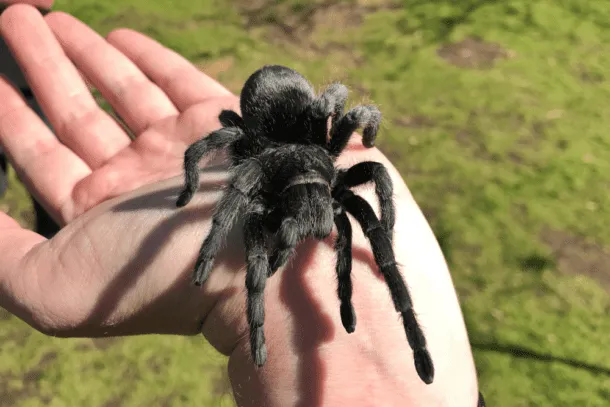
Setting up the enclosure for a Brazilian Black Tarantula involves providing the right environment to mimic its natural habitat. The enclosure should be appropriately sized, with enough space for the tarantula to move around comfortably. A 10-gallon tank is usually sufficient for juveniles, while adults will need a larger enclosure, ideally a 20-gallon tank or larger. The substrate should be a mix of peat moss, coconut fiber, and a bit of vermiculite, providing a natural-looking surface and helping to retain humidity. Include a shallow water dish with fresh water, and provide a hide, such as a piece of cork bark or a hollow log, for the tarantula to retreat to. Maintain a temperature of 75-85°F (24-29°C) and a humidity level of 60-70%. Regular misting of the enclosure helps to maintain proper humidity levels.
Feeding and Diet
Feeding a Brazilian Black Tarantula involves providing a diet that meets its nutritional needs. These tarantulas are primarily insectivores, consuming a variety of insects. Crickets, mealworms, and roaches are excellent choices, and they should be gut-loaded before feeding to provide additional nutrients. Spiderlings and juveniles should be fed two to three times a week, while adults can be fed once a week or less. Remove any uneaten food after 24 hours to prevent mold growth and maintain a clean enclosure. It is also essential to provide fresh water at all times, either in a shallow water dish or by misting the enclosure regularly. Adjust the feeding frequency based on the tarantula’s size and activity level.
Health and Common Issues
Brazilian Black Tarantulas, like all pets, can experience health issues that you should know how to identify and address. Some common health issues include dehydration, mites, and molting problems. Dehydration can be identified by a shriveled abdomen, and it can be prevented by providing fresh water and maintaining proper humidity levels. Mites can be a problem, so inspect your tarantula regularly for any signs of infestation. Molting problems can occur if the tarantula has difficulty shedding its exoskeleton; provide proper humidity and avoid disturbing the spider during this process. Any health concerns should be addressed by a veterinarian experienced with exotic animals. Keeping a close eye on your tarantula’s behavior and overall condition can help you identify and manage health issues quickly.
Conclusion
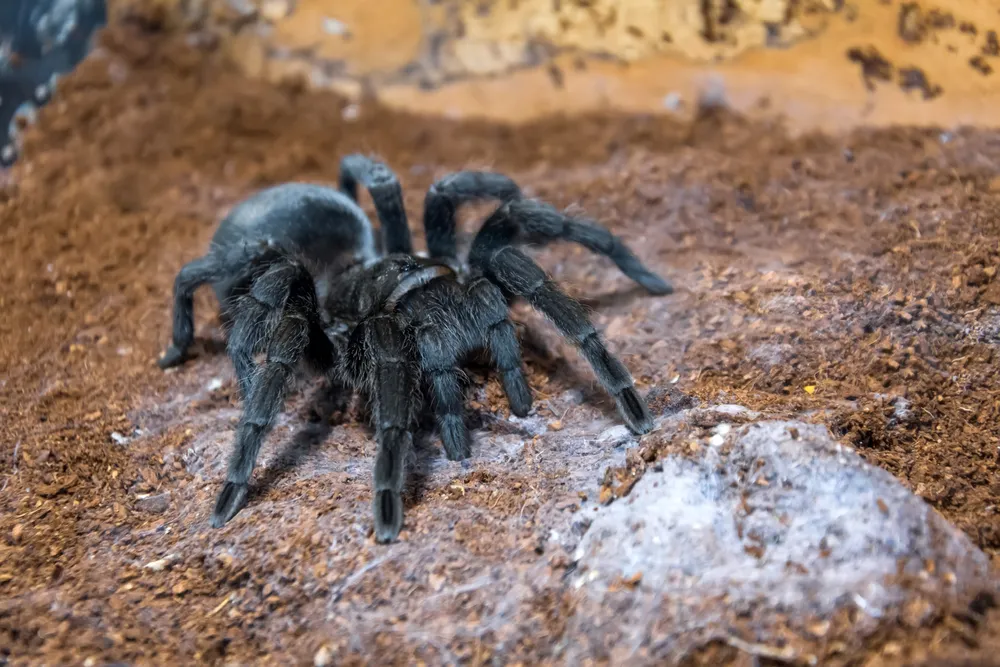
Finding and caring for a Brazilian Black Tarantula can be a rewarding experience for anyone with an interest in exotic pets. By following the guidelines in this quick guide, you’ll be well-prepared to find a healthy specimen, set up a suitable environment, and provide the necessary care to ensure your tarantula thrives. Remember to always prioritize safety, respect the tarantula’s needs, and be prepared to learn and adapt to the specific requirements of this unique species. With the proper preparation and care, you can enjoy the fascinating world of the Brazilian Black Tarantula.
